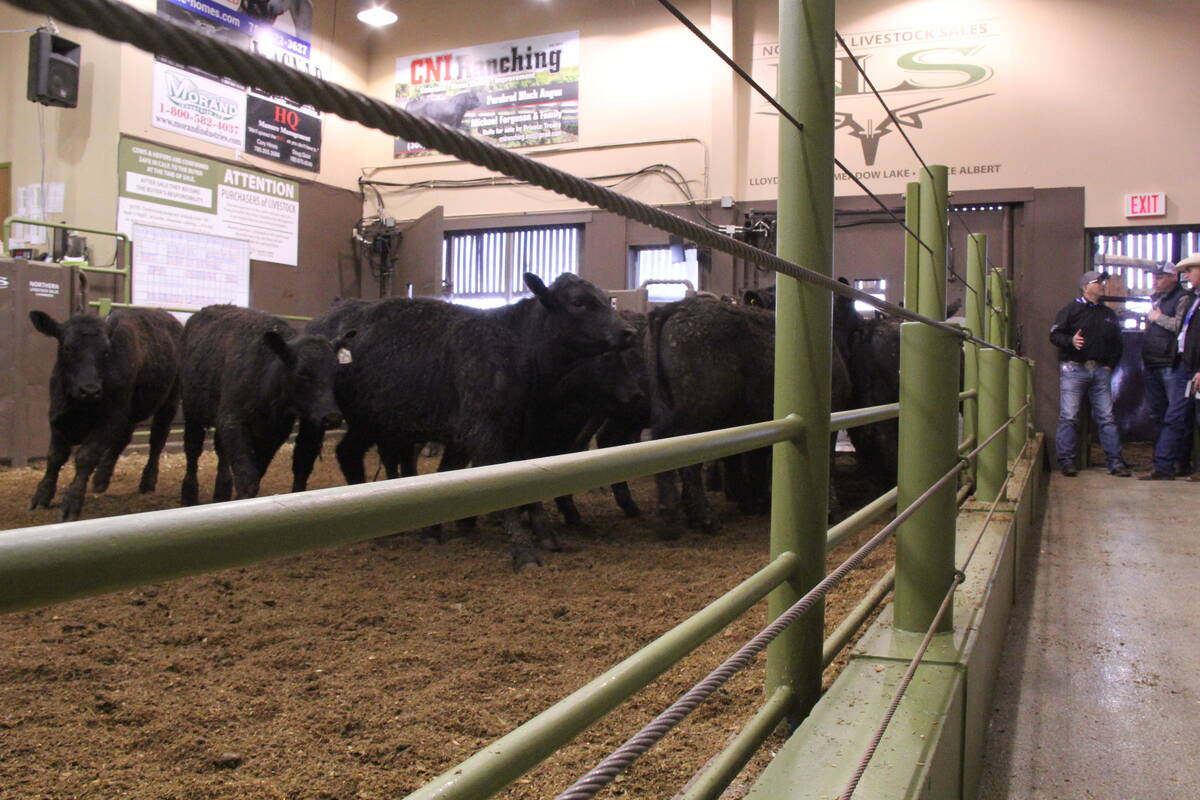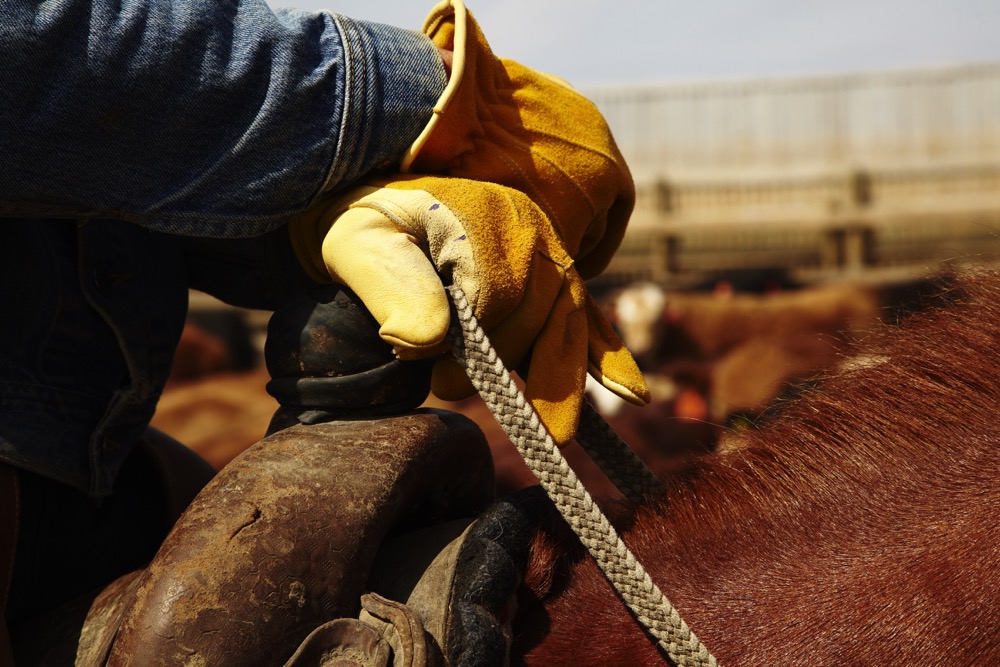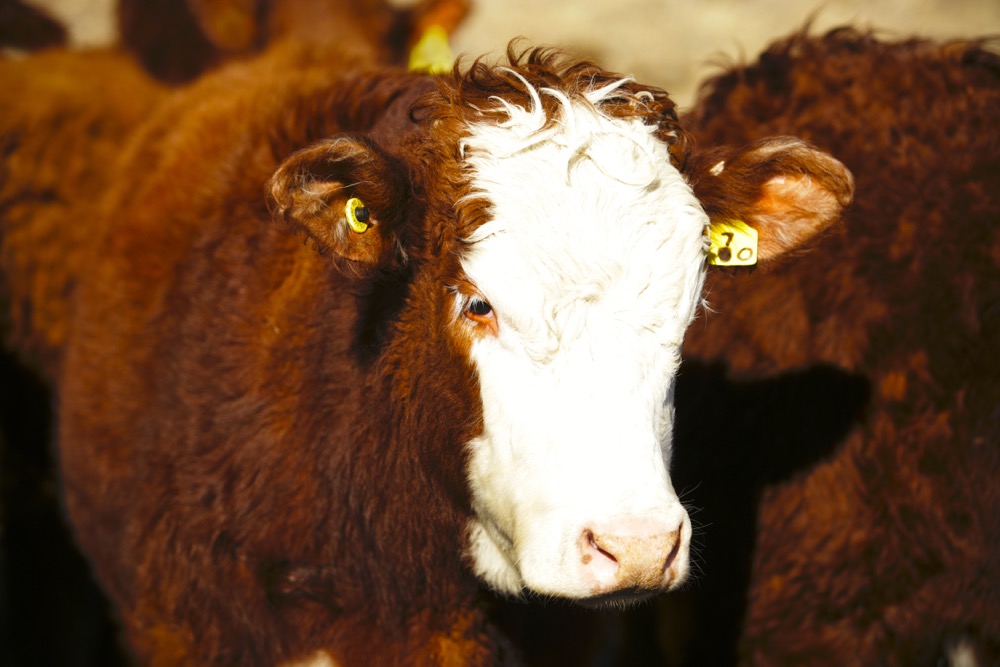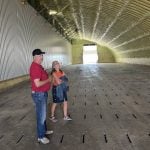Canadian cattle producers are awaiting new federal traceability regulations following a two-year consultation process.
The Canadian Food Inspection Agency (CFIA) released an “owner’s guide” based on early industry consultation. Amendments to the guide are anticipated, but have been delayed by the federal election.
“We expect that it will happen probably in the first or second quarter of 2026, and after that, there’ll be a one-year soft launch of the enforcement of it,” said Rick Wright, chief executive officer of the Livestock Markets Association of Canada.
Read Also
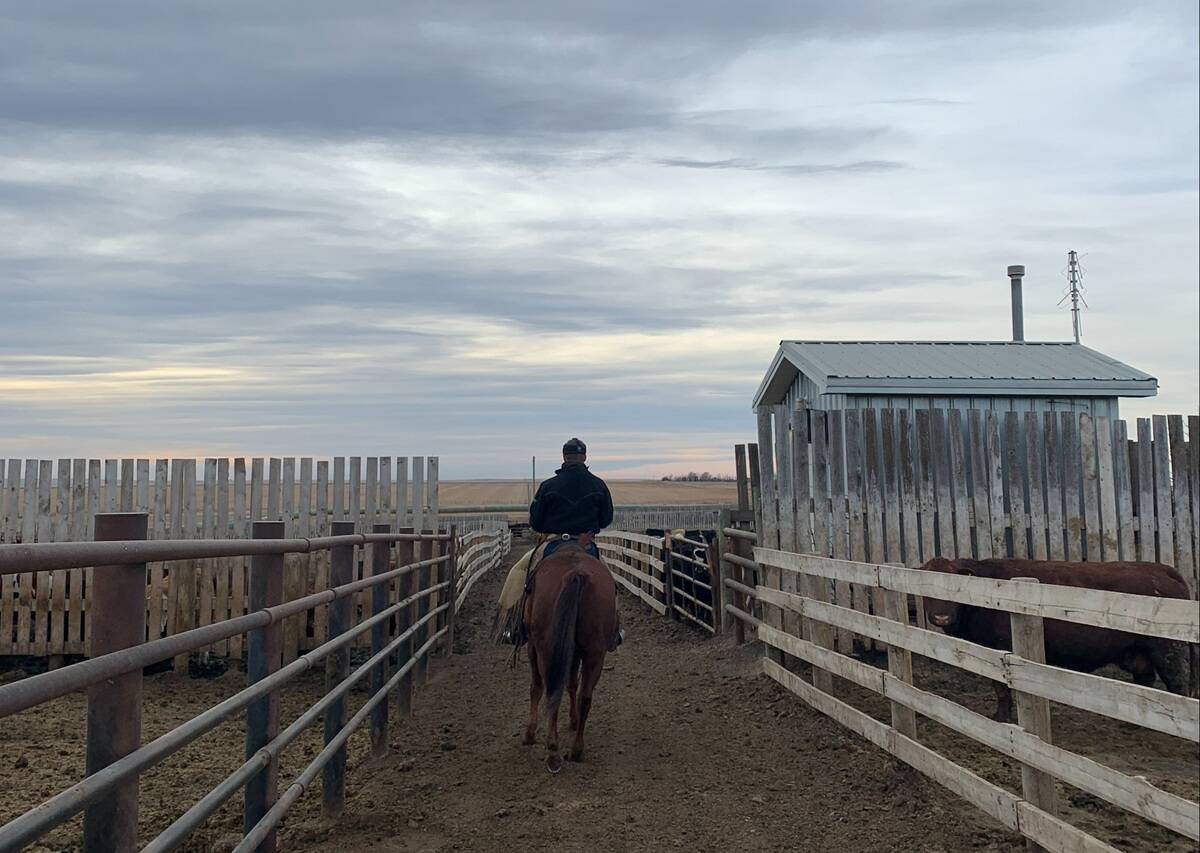
Pen riders still better than tech at detecting respiratory disease in feedlot cattle, says researcher
Recent research found that pen riders are better than tech at flagging signs of BRD in feedlot cattle
The lengthy implementation has been necessary, said Wright, who has served on the Canadian Cattle Identification Agency board of directors for nearly 14 years. The regulations represent what he calls an essential emergency management tool in an era of increased global trade and travel risks.
“With the global trade that we’re doing now and global travel that we have now, the risk of a major disease outbreak is quite a bit higher now than what it was a number of years ago,” Wright said. We need to be prepared for such an outbreak, he said, “because a reactionary response may not get us back into the marketplace fast enough.”
The updated regulations are designed to prepare for disease outbreaks by shortening the movement reporting window from 30 days to seven and introducing new requirements for premises identification.
However, Matthew Atkinson, president of Manitoba Beef Producers, said the repeated delays have created uncertainty in the industry, and left some less responsive than they could be to the incoming regulations.
The ongoing uncertainty stems from the regulatory process itself, with producers still waiting for final details.
“It’s hard for us to be prepared until we know just what (the regulations are),” said Atkinson.
Livestock tracking system redesign
The Canadian Cattle Identification Agency, which oversees the national livestock tracking system, has already upgraded its digital tools in anticipation of these changes. In October 2024, the agency launched a redesigned Canadian Livestock Tracking System to simplify data entry, said Ashley Scott, the agency’s general manager.
“The new interface is more user-friendly with streamlined screens and processes,” Scott said, while speaking at the Livestock Markets Association of Canada’s convention in Brandon on May 10.
Scott said people used to contact the agency seeking owner information for lost and found livestock, but the agency wasn’t able to share that information due to privacy legislation. To address those requests, the revamped system now features a privacy consent option for lost and found livestock.
In December, the agency introduced additional system updates, adding optional fields for departure and arrival dates as well as vehicle identification to help users prepare for forthcoming regulatory requirements.
“This update helps to improve the tracking of animals during transit,” said Scott.
The redesigned tracking system includes simplified reporting options for auction marts and assembly yards, reflecting the practical demands of their day-to-day operations. For example, they can report a group move-in without specifying individual tag numbers, Scott said.
“This option is designed to reflect the operational reality at these sites where recording individual tags may not always be feasible.”
Transition to new regs
Once the new regulations are in place, auction marts will be responsible for tagging any untagged animals and documenting available details about their origin. Atkinson said Manitoba is exploring ways to streamline this process through existing livestock inspection services.
“One of the big advantages to inspection is that it can make a lot of this transition happen more seamlessly without an auction mart even having to submit any of that,” he said.
The proposed changes also require buyers of approved identifiers — such as ear tags, tail tags and leg bands — to supply the premises identification number of the location where the tags will be used.
Industry representatives said that cattle operations face unique challenges compared to other livestock sectors. The cyclical nature of beef production requires a gradual implementation approach, Atkinson said.
“Our auction marts aren’t even open in the summertime. We’re a bunch of independent producers, and we start in fall with a big calf run.”
While general cattle producers may not be fully aware of what’s coming, partly due to the delays, auction markets and assembly yards will play a crucial educational role, Wright said.
“We’re going to be a very important cog in the wheel again, when it comes to the education piece, in educating the producers on what their responsibilities are.”
Wright anticipates pushback from some producers. It reminds him of the initial resistance when mandatory identification tags were first introduced. He pointed to Australia’s experience as an example of how economic incentives eventually drive adoption.
“In Australia, animals without lifetime traceability were sold at a considerable discount to those that had lifetime traceability. So, the producers saw an economic advantage.”
The new regulations will position Canada ahead of the United States in livestock traceability, said Wright. At the time of writing, he had recently returned from the Livestock Marketing Association convention in the U.S.
“They are way behind us on traceability and the understanding of traceability, the understanding of the need for a better traceability system,” he said. “We certainly will be positioning ourselves for a better position in the global market by getting this done.”
The timing is particularly relevant given current trade uncertainty. Having a robust traceability system provides advantages in international markets, especially as Canada looks to diversify its export destinations, Wright said.
“One of the mainstays that we’ve talked about since the Trump administration has come back into play is being less reliant on the U.S. for our export markets, and certainly having a robust traceability system will give us a little bit of a foot up over some of our other competitors when it comes to trading internationally.”
The implementation approach in Canada will be less burdensome than Australia’s system, Wright said. A key difference is the use of group movement reporting for auction markets and assembly yards, which eliminates the need to scan individual tags at these locations.
While the government has committed to a year-long soft launch, focusing on education rather than enforcement, the industry had hoped for a longer transition period, Wright said.
“Many of us in industry asked for a two-year soft launch but we weren’t successful in that request. But certainly we know that we can’t just flip the switch on and … have full traceability overnight,” he said. “It’s going to take time for everybody to come together and make this thing work.”
The traceability system extends beyond cattle to all livestock species, with pigs already having established programs and goats and sheep beginning to develop their own systems. This comprehensive approach is particularly important given the potential for cross-species disease transmission such as with foot-and-mouth disease, Wright said.
“It’s not a matter of if it’s going to come to North America. It’s a matter of when it comes and how prepared are we going to be when it gets here?” c


